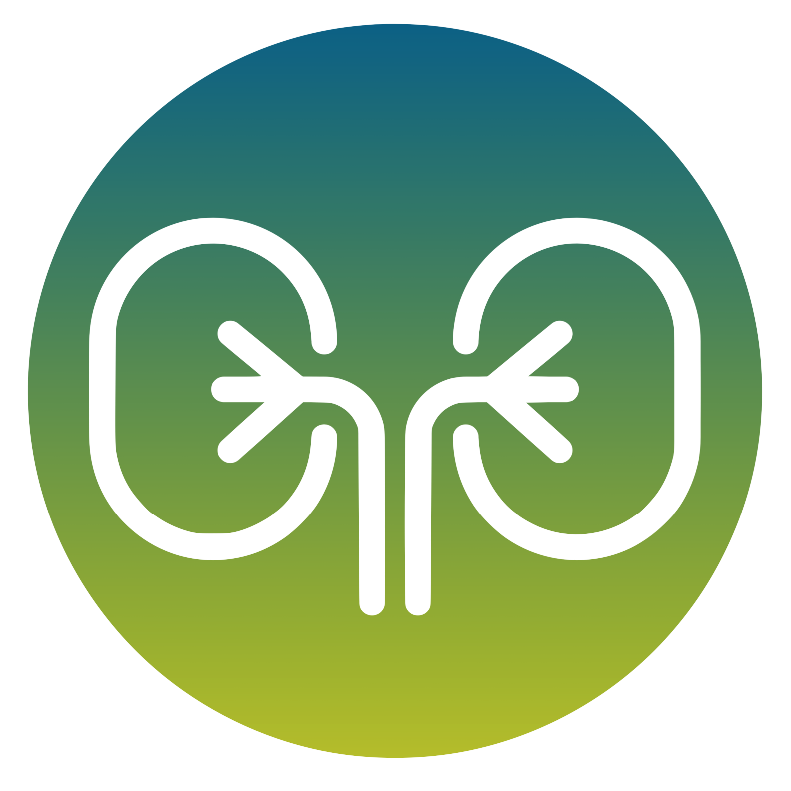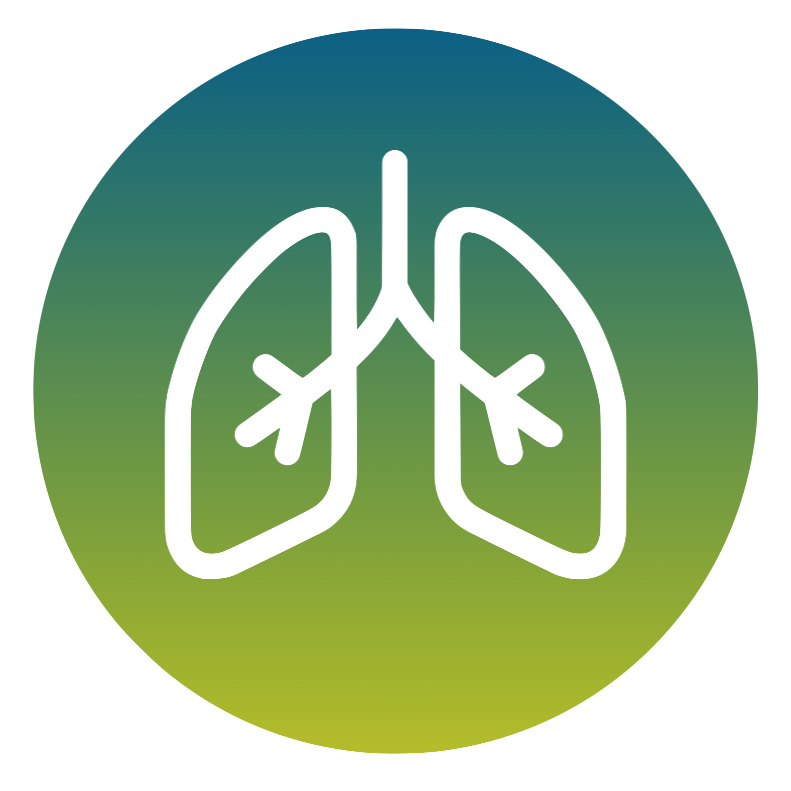Hypogonadism and Kallmann syndrome Code R-140
- Description
- Number Genes
- Prevalence
- Indications and clinical utility
- Test performed and limitations
- Other Specialities
Hypogonadism is a medical condition characterised by reduced production of sex hormones, such as testosterone in men and oestrogen in women. This can lead to various symptoms, including decreased libido, erectile dysfunction, infertility, and in some cases, incomplete or abnormal sexual development. Kallmann syndrome is a specific form of secondary hypogonadism and is characterised by the association of hypogonadism with a deficiency of the sense of smell (anosmia). It is caused by a defect in the development of certain hormone-producing cells that influence gonadal function, leading to a failure to develop at puberty and abnormalities in the sense of smell.
68 genes
1/8,000 males
1/40,000 females
Multigenic panel aimed at the molecular diagnosis of hypogonadism and Kallmann syndrome.
Method: NGS sequencing, determination of SNVs (Single Nucleotide Variants), small insertions and deletions and CNVs (Copy Number Variants).
Limits: The test is unable to determine the presence of underrepresented somatic events, balanced chromosomal rearrangements, nucleotide expansion events of repeat regions, CNVs <3 contiguous exons. <3 esoni contigui.
Some genes may have low coverage areas, where necessary or upon specific request, within the limits of methodological limitations, sequencing can be completed with alternative methods (Sanger).
Some genes may be duplicated in the genome (pseudogenes), which may invalidate the analysis.
..














